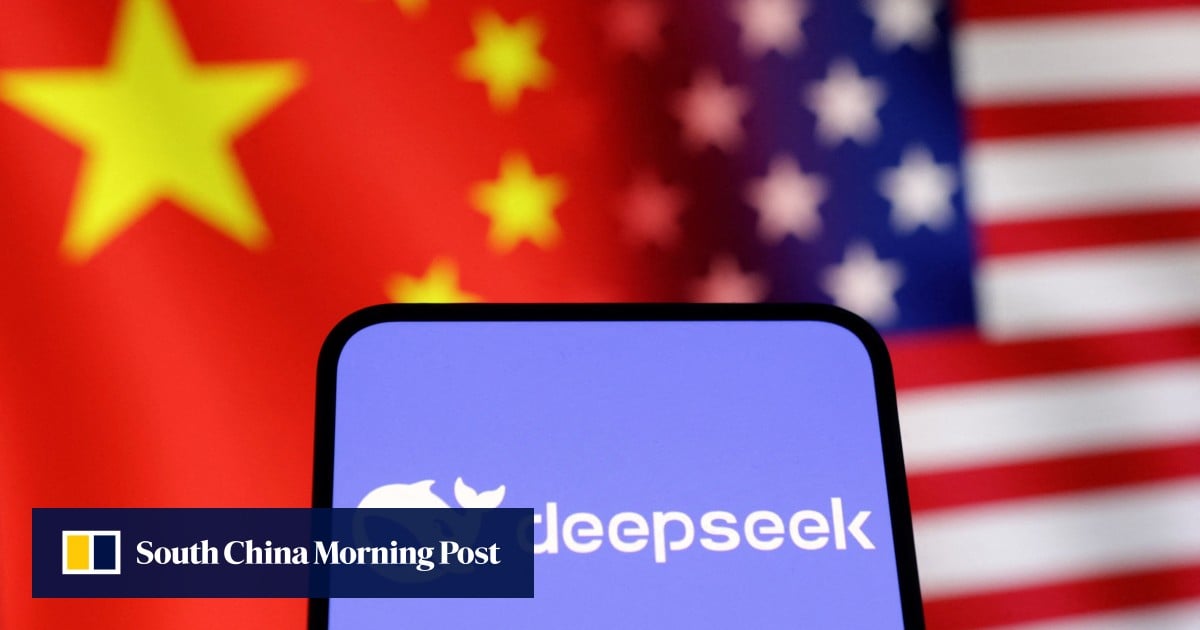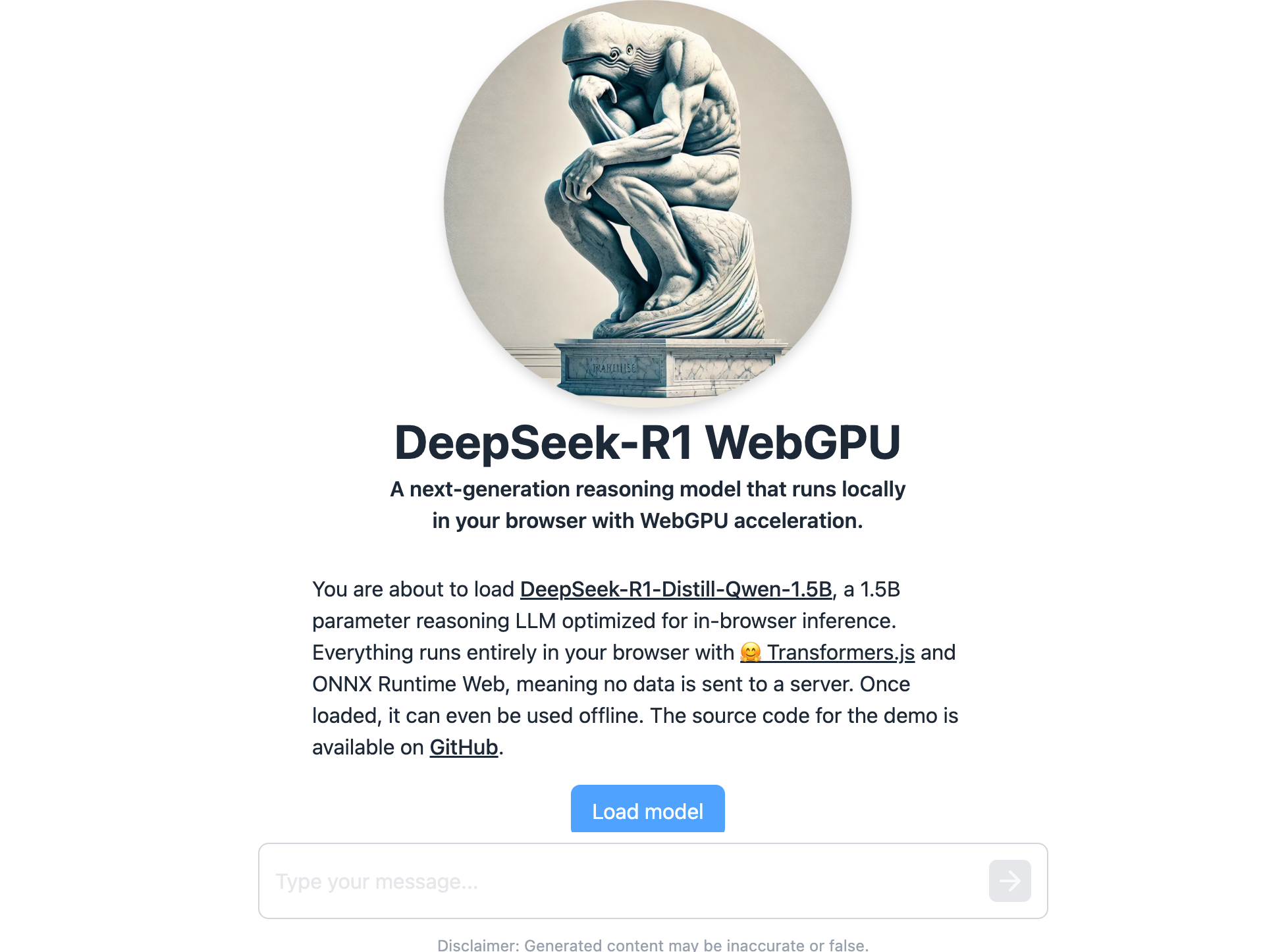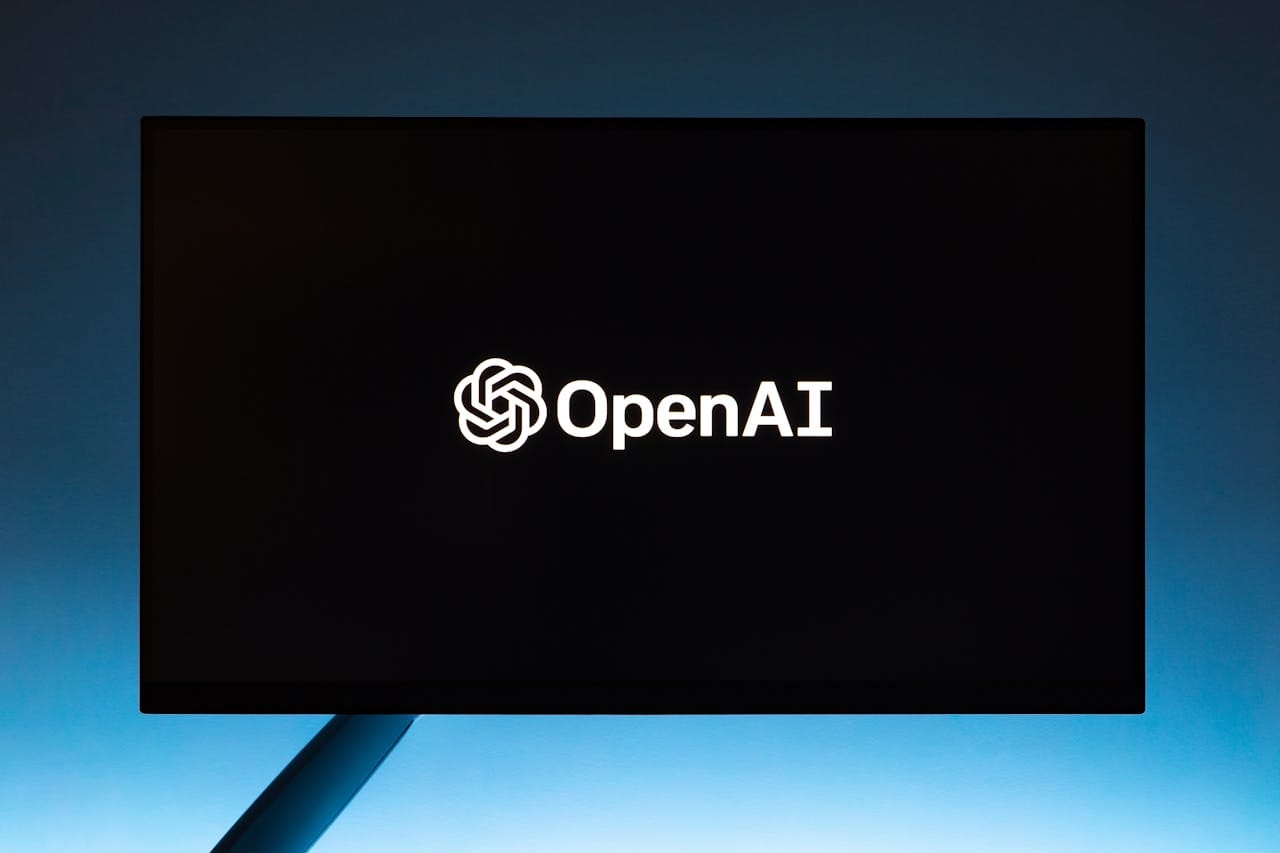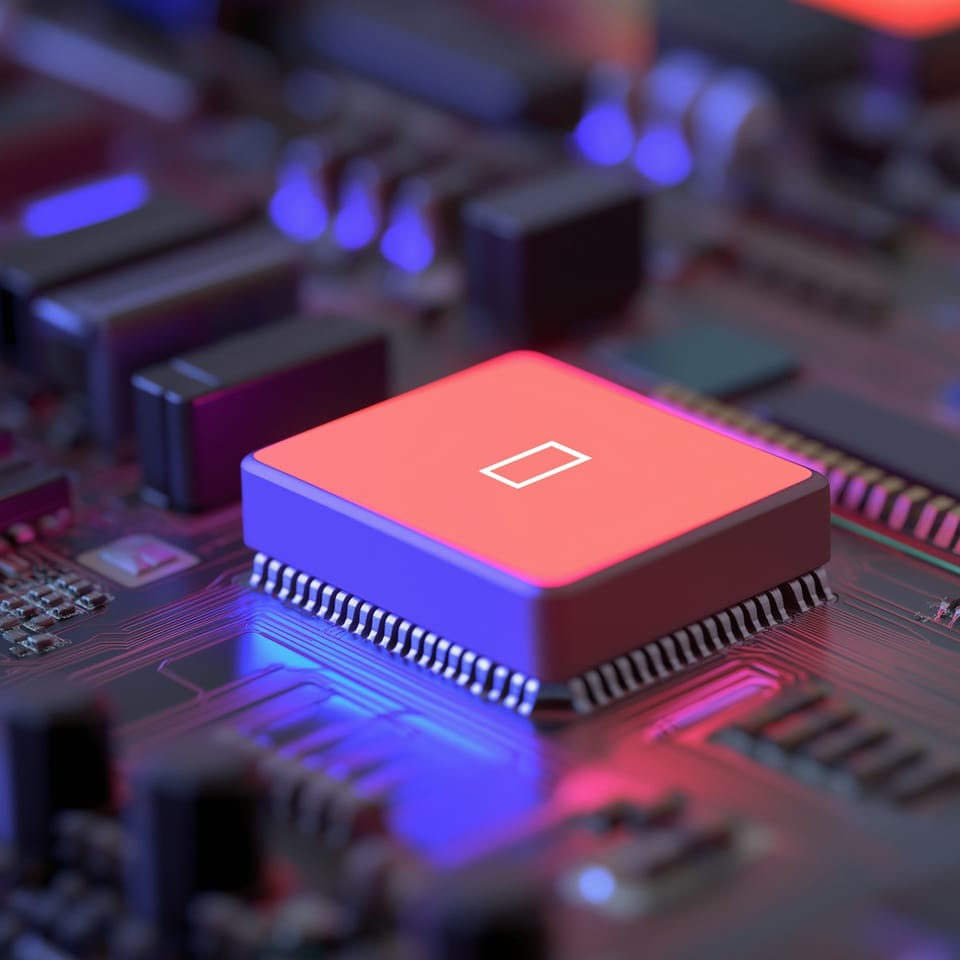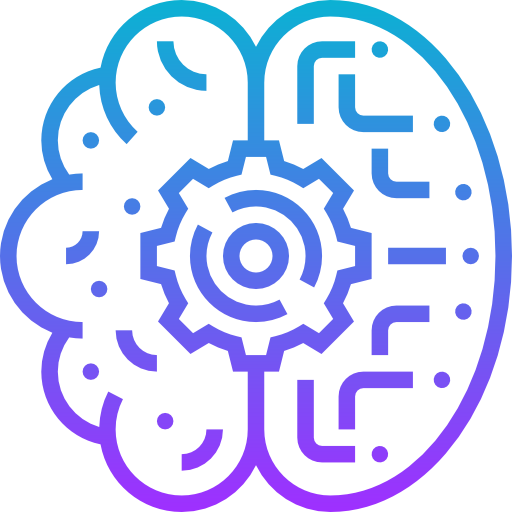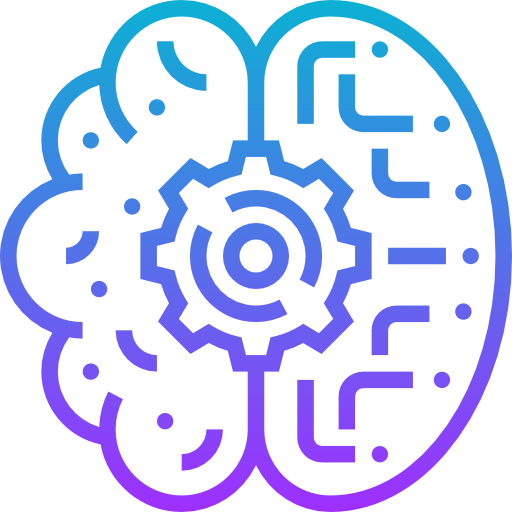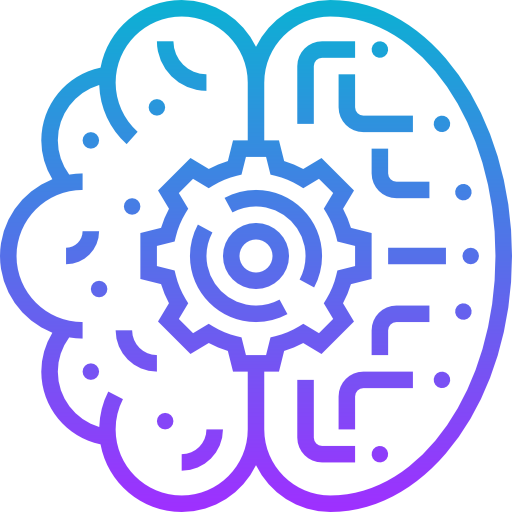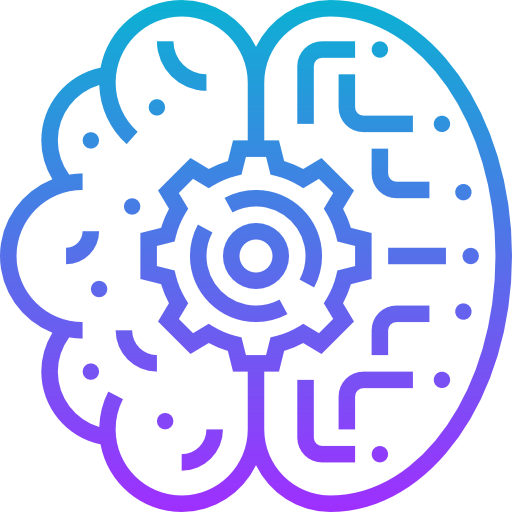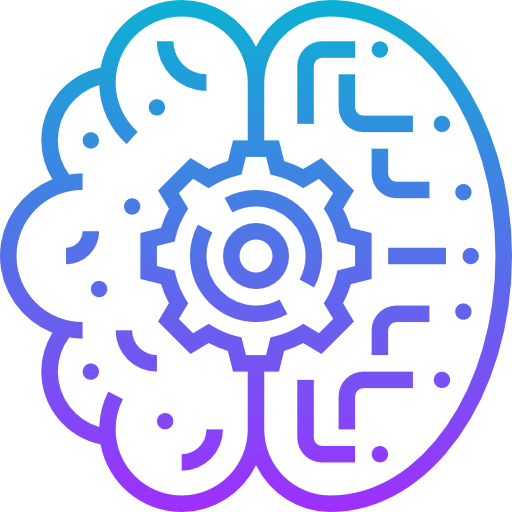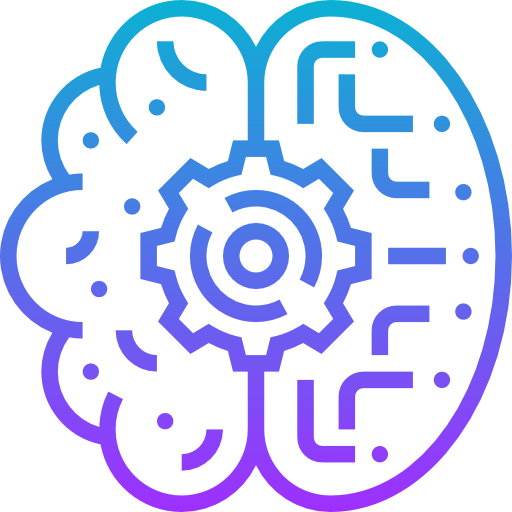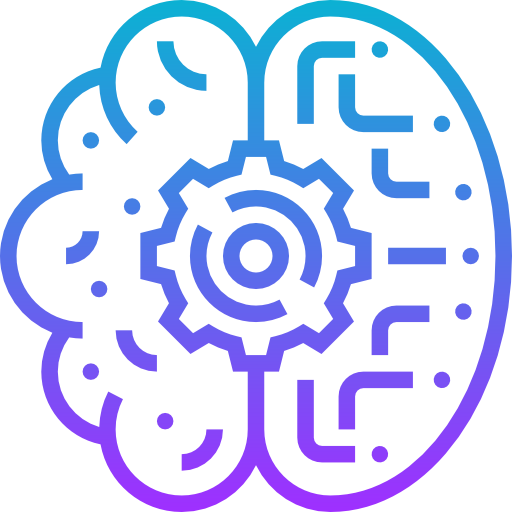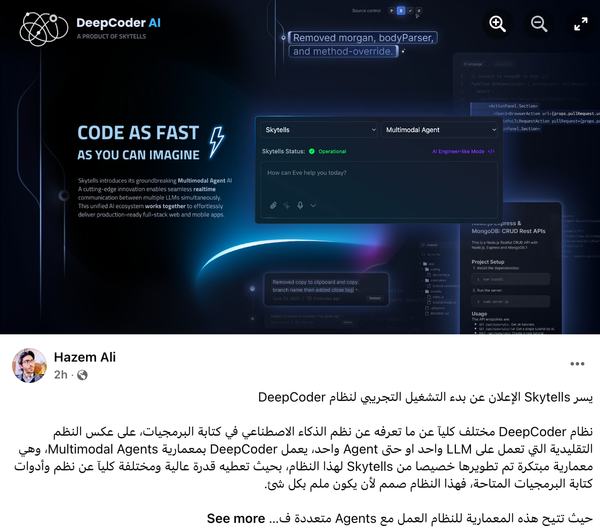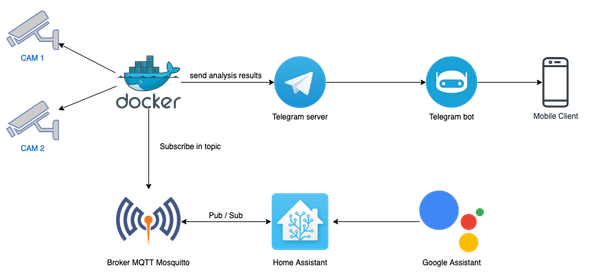US Senate Hears Calls to ‘Steal’ China’s Top AI Engineers—And Why Some Call It a ‘War’ Instead of a Competition
Table of Content
If you’re the kind of person who follows the world of artificial intelligence closely, you’ve probably heard a lot about how the United States and China are locked in a fierce race (some would now call it a “war”) for tech dominance. But things just got a bit more dramatic. At a recent Senate hearing, a policy expert from Washington’s Atlantic Council, Melanie Hart, reportedly floated the idea that the U.S. should quite literally “steal” the best AI engineers from China.
The bold statement—along with supportive comments from other policymakers—has turned heads and raised eyebrows across the globe.
So what exactly happened, who said what, and why does it matter for anyone interested in AI, tech, education, or global policy? Let’s dive into it.
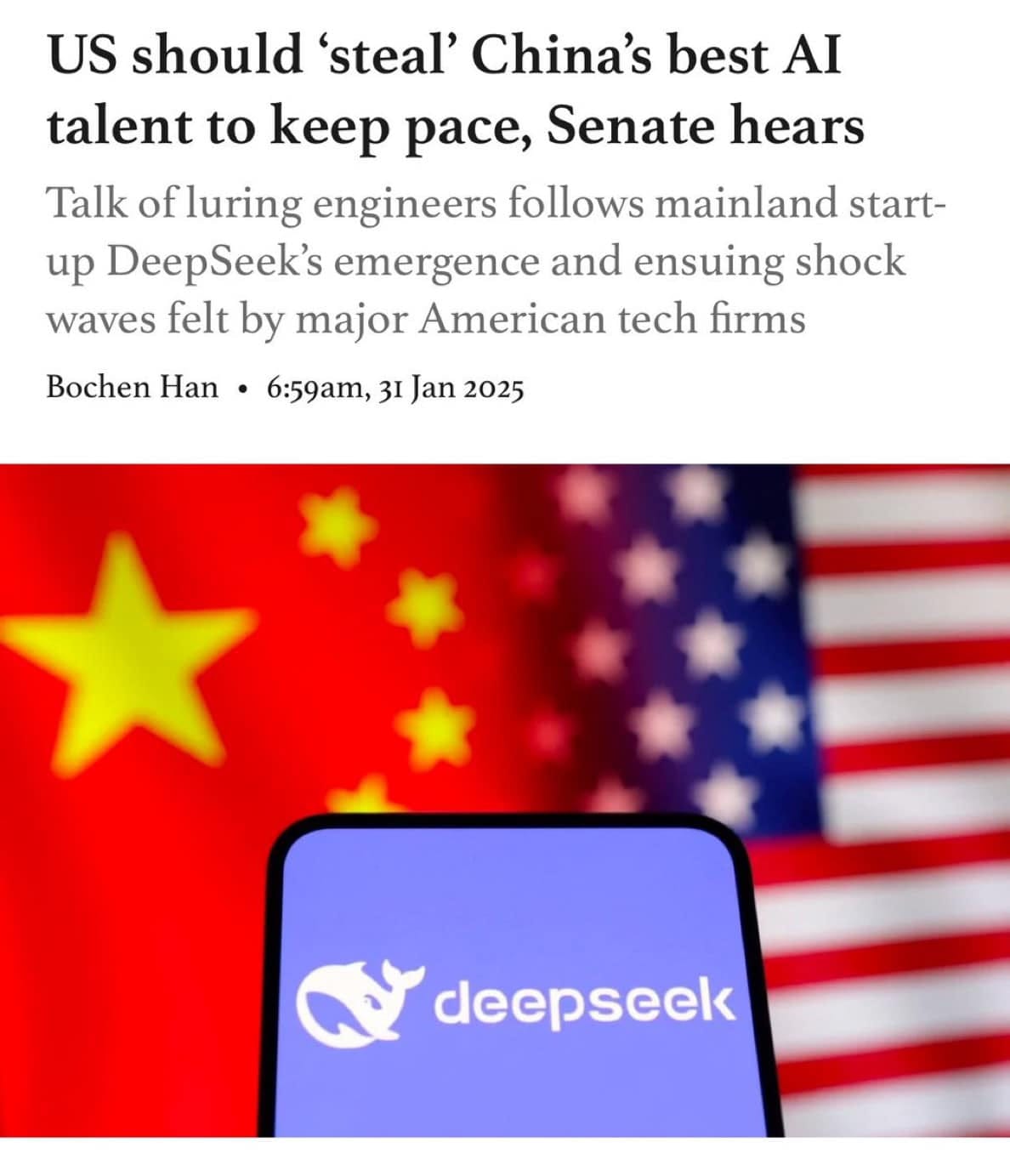
What Sparked This Controversy?
According to the South China Morning Post report, an emerging Chinese AI startup named DeepSeek shook major American tech firms by unveiling what some observers call “shockwave innovations.” Such developments have apparently grabbed the attention of U.S. policymakers, who worry about being outpaced in the cutthroat domain of artificial intelligence.
In that context, Melanie Hart, a senior fellow specializing in China policy at the Atlantic Council, suggested that the quickest way to keep the U.S. on top might be to recruit—or, in her more colorful words, “steal”—China’s most brilliant AI minds.
It’s a plan that doesn’t exactly roll out the diplomatic red carpet, but it does underscore the sense of urgency some Americans feel when it comes to tech competition with China.
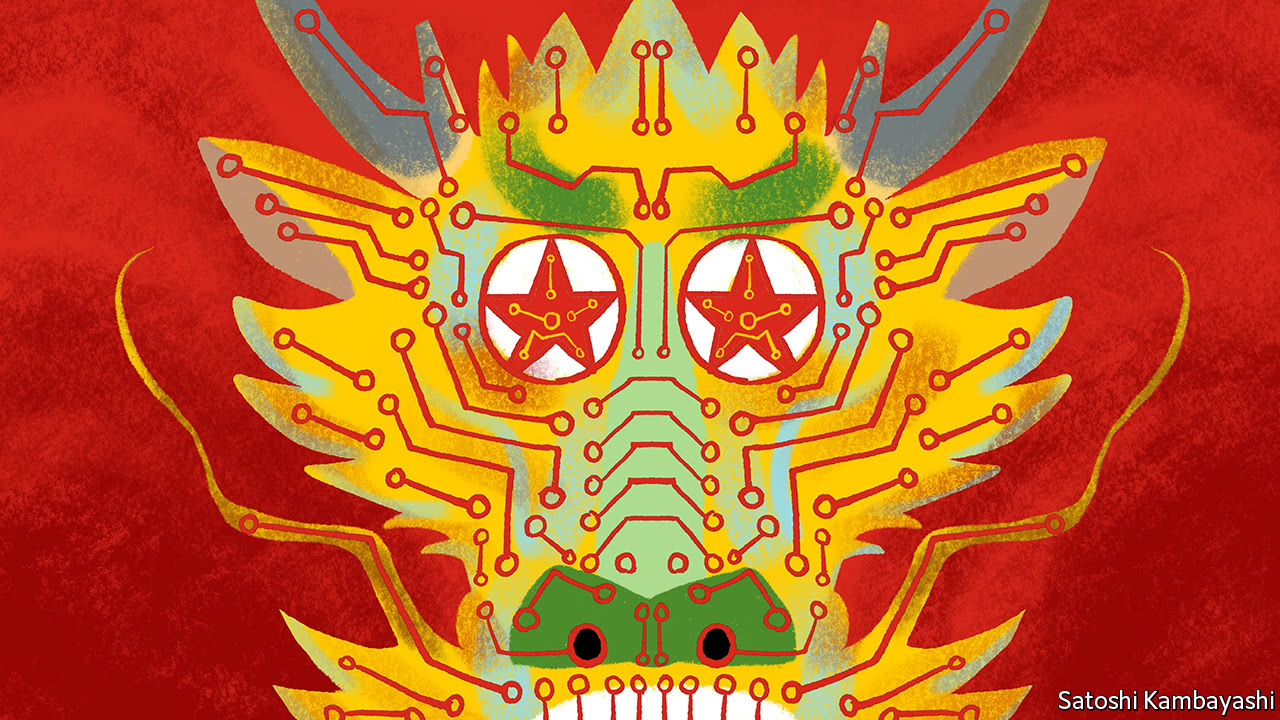
A Call for Better Treatment of Chinese Students
Hart’s comments weren’t entirely about luring talent for the sake of competition. She also emphasized that any initiative to recruit Chinese engineers or students to the U.S. has to go hand-in-hand with ensuring that they feel safe and welcome—especially given some of the rising tensions and suspicions around national security issues. She reportedly noted that there is a perception among Chinese students that the U.S. might not be the most secure place to study or work, due to heightened scrutiny and visa concerns.
This point is crucial because it touches on an underlying tension: if Washington wants China’s best and brightest, how can the U.S. also assure them they won’t be lumped into broad-brush security crackdowns or xenophobia once they land on American soil?

The Other Side: Concerns About “Stealing” Talent
Of course, not everyone in the Senate hearing panel was gung-ho about the “steal the best engineers” strategy. Senator Jim Risch (R-Idaho) cautioned that many Chinese students, even after studying in the U.S., choose to return to China. He also hinted that the Chinese government itself might pressure these students to come back, possibly by applying leverage on families back home.
Other experts weighed in, suggesting that the U.S. should spend more time bolstering its own academic infrastructure and protecting universities from undue influence rather than simply focusing on pulling in Chinese tech talent. It’s an old balancing act: how to keep your own house in order while tapping top-tier talent from abroad.

Is It a “War” Instead of a Competition?
The rhetoric at these hearings has started to take on a new edge. While many have described the U.S.-China AI race as a “competition,” some are now calling it an outright “war” in the sense that the stakes might be existential for the future of global leadership, national security, and economic might.
Why such strong language? Well, AI isn’t just about building a nifty software tool anymore. It’s about controlling the direction of next-generation innovations—from quantum computing to autonomous weapons. Countries that lead in AI could potentially reshape entire industries and tilt geopolitical balances. Hence, the language of “war” emerges because the outcomes could drastically alter the planet’s power dynamics.
The Realities of AI Recruitment
Bringing foreign talent to American shores is hardly a new concept. For decades, the U.S. has benefited from immigration policies (like the H-1B visa) that allowed high-skilled workers, often from places like India and China, to fuel Silicon Valley’s growth. In fact, many iconic American tech companies were either founded or co-founded by immigrants.
What’s different now is the sense of urgency and the background noise of national security concerns. Recent U.S. restrictions on technology transfer to Chinese entities, along with the blacklisting of certain Chinese tech firms, have made the atmosphere more tense.
Recruiting “the best AI minds” from China, under these conditions, is far from a slam dunk. It involves complex visa procedures, navigating security clearances, and reassuring potential recruits that America is not just using them as a pawn in a geopolitical chess match.
Pressure on Chinese Talent
Senator Risch’s point about Chinese students returning home is also significant. The Chinese government invests heavily in incentives to lure back talented graduates, often offering lucrative financial packages, research grants, and special job placements. Families of these students may also experience direct pressure to encourage their kids to bring those hard-earned American degrees and experiences back to China, strengthening domestic industries.
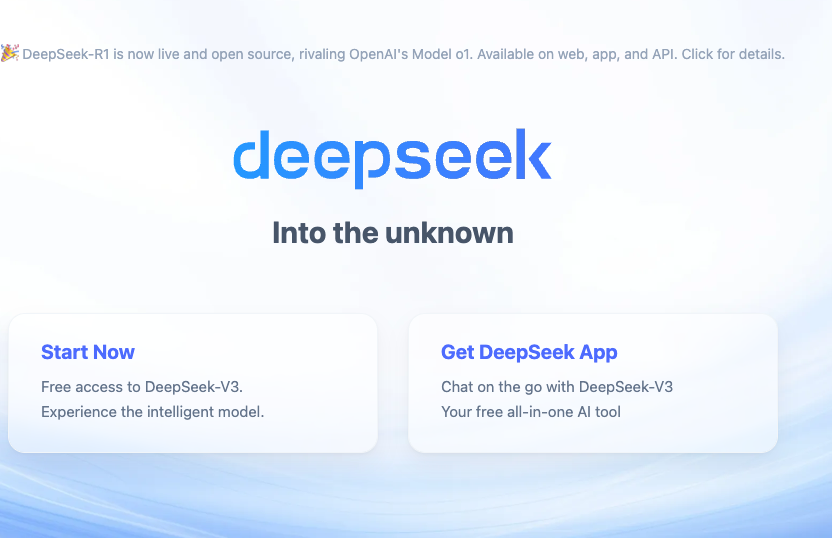
A Broader Discussion: The “Brain Drain” Question
A key theme in all this is the long-running debate over brain drain—when one country effectively loses its top talent to another. Typically, we’ve seen American universities funneling talented international students into the U.S. workforce. It’s been a boon for American tech. But as Chinese universities improve, and as China’s economy grows, that pattern isn’t guaranteed anymore.
On top of that, the lure of better research funding or fewer restrictions in the homeland can be strong for Chinese graduates. The U.S. might face a more challenging environment when it comes to retaining these scholars long-term.
Potential Policy Solutions
If the U.S. truly views China as a competitor—or a “war-time” adversary in the AI domain—some say the solution is not just about “stealing” engineers. It might be about:
- Investing in American STEM Education: By boosting domestic STEM programs, the U.S. can produce its own wave of innovators.
- Creating Clearer Visa Pathways: Simplified or expanded visa categories for high-skilled workers could help recruit global talent more effectively and reduce the bureaucratic maze.
- Protecting Intellectual Property: Some experts argue that tightening up how research is shared in universities and labs is equally critical.
- Fostering International Collaborations: Ironically, some believe that forging better cooperation with China could lead to beneficial knowledge exchanges—though this is increasingly controversial.
Where Do We Go From Here?
The fact that someone at a U.S. Senate hearing would openly use the phrase “steal” to describe a talent acquisition strategy signals just how tense this competition has become. It also highlights the complexities of balancing national security with the openness that has traditionally made U.S. academia and tech industries flourish.
For Chinese tech professionals or students who might be considering study or work in the U.S., the debate is a double-edged sword. On one hand, the U.S. may present enormous opportunities, cutting-edge labs, and robust private-sector funding. On the other hand, the environment can feel hostile, full of political wrangling, visa uncertainties, and rhetorical labeling.
At the end of the day, it’s critical to recognize that AI innovation thrives in a climate of open collaboration, robust funding, and freedom of inquiry. If the U.S. takes a path that stifles foreign contributions while China invests heavily in homegrown talent, the question remains: Will “stealing talent” be enough to maintain a lead in AI research and development?
Time, of course, will tell—and the next wave of AI breakthroughs might come from anywhere, from a suburban garage in San Francisco to a high-rise tech incubator in Shenzhen. But one thing is clear: the competition (or “war,” depending on who you ask) is fully on, and how policymakers navigate the tricky terrain of cross-border talent will shape AI’s future for decades to come.
References and Further Reading
- Bochen Han. “US should ‘steal’ China’s best AI talent to keep pace, Senate hears.” South China Morning Post, 31 January 2025, scmp.com.
